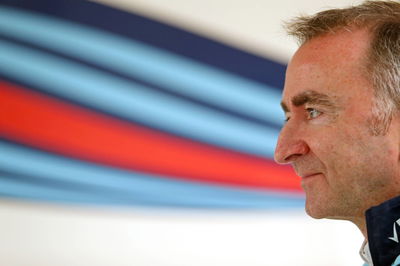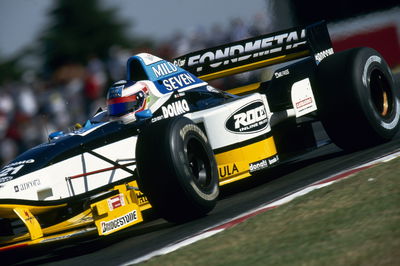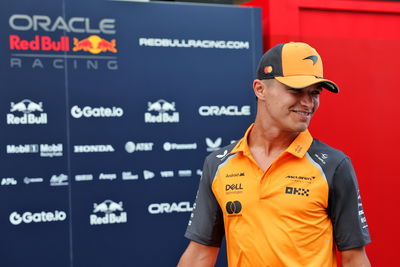Lowe reveals weighty issue he’d change in F1
Paddy Lowe fears the increasing weight of the 2018 Formula 1 cars threatens to lose the pure spirit element of the sport and feels the current generation of cars have endurance traits.

Paddy Lowe fears the increasing weight of the 2018 Formula 1 cars threatens to lose the pure spirit element of the sport and feels the current generation of cars have endurance traits.
The permitted number of engine components has been reduced for the 2018 F1 campaign – with only three combustion engines, MGU-H and turbochargers units each and just two MGU-K, energy stores and control electronics units allowed per driver for the whole season – which has place an extra emphasis on ensuring reliability and longer mileage from the power units for all teams.
But Lowe feels the major concern for F1 car developments has been the increase in overall minimum weight of cars which has stepped up to 734kg for 2018 – an increase of 6kg to compensate for the Halo – and the Williams technical chief feels F1 now shares characteristics of endurance racing rather than the essence of spirt racing.
“If I would pick one thing [to change], it is the weight of the cars that has increased dramatically over the last ten years,” Lowe said. “If F1 is really a sprint formula, and these cars are meant to be incredibly quick for qualifying and for the race in one hour and a half, 300km race, so they’re not endurance cars yet the weight has increasing to levels that are getting towards an endurance formula rather than a sprint one.
“The lap times are very strong at the moment because we have a lot of power and a huge amount of downforce, higher than ever in history, but the weight is also incredibly high and I think these things ought to be rebalanced. If I were designing for 2021 I would want to see a significant weight reduction.”
Lowe has also urged a continued push for eye-catching car regulations as he sees F1 as a sport and an entertainment business but warns a delicate balance must be found to keep both fans and manufacturers satisfied with the future direction of the sport.
“It’s important to produce cars that are exciting,” he said. “This sport is a sport and an entertainment, and that means we need cars that are exciting to the fans, but also that race competitively so.
“Sometimes those things are in conflict because if you want a lot interest, a lot of variety with a lot of difference in performance – then you lose the interest of the race.
“You have to find that balance of a Formula that is restrictive enough so that the spread of the grid from front to back is not too large so you have close racing but at the same time you have variety in the cars, in appearance, in noise and in spectacle.”











